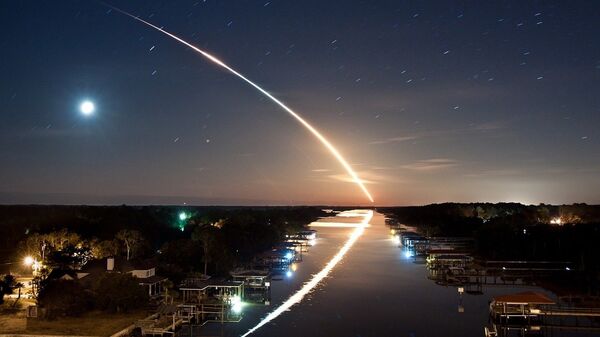A new study led by Washington University in St. Louis has identified evidence of ancient interstellar material that pre-dates our Solar System inside a section of the Allende meteorite. The findings of the research were published in Nature Astronomy on 27 January.
These traces, called pre-solar grains, are a rare find in themselves, but what makes the study so eye-opening is that they were found in a place and form science didn’t believe was even possible. In this instance, the pre-solar grains identified were composed of silicon carbide (SiC), and discovered incorporated within a meteorite inclusion dubbed “Curious Marie” (after Marie Curie), uprooting what experts have known about interstellar material of this nature.

The team claims what's remarkable is that SiC could even exist within the chunk, which is primarily a calcium-aluminium-rich inclusion (CAI). The latter are considered to be among the oldest solid substances that formed in the Solar System.
"What is surprising is the fact that presolar grains are present," says physicist and cosmochemistry researcher Olga Pravdivtseva, research associate professor of physics in Arts & Sciences and lead author of the new paper “Evidence of presolar SiC in the Allende Curious Marie calcium–aluminium-rich inclusion”.
According to the study, it is generally accepted that CAIs formed close to the Sun at temperatures above 1,500 Kelvin, where presolar grains could not survive, and were then transported to other regions of the nebula.
"Following our current understanding of Solar System formation, presolar grains could not survive in the environment where these inclusions are formed," said Pravdivtseva.
The Allende meteorite has undergone many scientific studies before, but presolar grains have never been found before.
To find the interstellar material, Pravdivtseva and her colleagues heated up a tiny sample of the Curious Marie inclusion, where they identified the noble gas signatures of SiC inside the CAI.
Just how silicon carbide from another star found its way into these primordial solids is still a mystery, as this seems to suggest a portion of small grains formed under specifically different conditions or that not all CAIs were formed in the manner previously believed.

“The fact that SiC is present in refractory inclusions and was not completely destroyed in Curious Marie can help us to understand this environment a little bit better,” says Pravdivtseva.
The lead author of the study added: “This finding forces us to revise how we see the conditions in the early solar nebula.”




